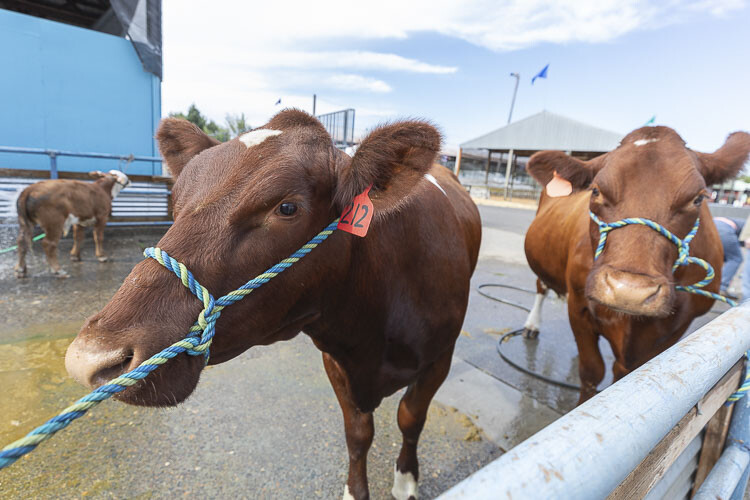
Pam Lewison of the Washington Policy Center points out that not only does it get you much closer to where your food comes from, it helps a young person in your community
Pam Lewison
Washington Policy Center
Washington state is home to 65 fairs featuring everything from livestock and horse events to “still life” entries like photography and fresh vegetable displays. The bounty on display throughout our state is remarkable.
August and September are when the bulk of our county and state fairs are hosted. These fairs are an ideal time to consider purchasing locally raised meat.
Many consumers are concerned about how their meat is raised and by whom. County and state fairs give consumers a direct conduit to the person who raised the animals that will ultimately grace their tables and the added benefit of supporting a young person’s aspirations.
Many of our county and state fairs provide young exhibitors the opportunity to sell their livestock in a live auction during the event. The sale does two things: helps the exhibitor raise money for the next year, college, or some other aspirational investment, and potentially provides the buyer with locally raised meat if they wish to keep the animal.
But, as a buyer, what are you getting for your money? If you’re new to buying live animals for meat, it might seem like a great deal of meat coming your way.
Cattle are a good example because they are the largest livestock animal that can be purchased at a county or state fair and processed for meat.
Fairs often have a minimum and maximum weight requirement for animals being checked in for show and sale. An animal that does not meet the minimum weight requirement (in many cases at least 1,100 pounds) is not considered a “market weight.” Animals that exceed the maximum weight requirement are accepted but exhibitors will not be paid for the excess weight.
To help gauge what a buyer might receive when buying a typical steer from a county or state fair, a 1,400-pound steer will be considered the example. If you purchase a 1,400-pound live steer, you can expect to receive about 570 pounds of frozen, packaged meat from a butcher, or enough to fill a large stand-up freezer. For a more detailed breakdown of the math, check out this write-up from Drovers.
Farmers have developed a system of “waste not, want not” in our food system. The life of an animal is respected from start to finish with every part of an animal being used.
After meat has been harvested, hide, bone, fat, and organs all find their way into our supply chain. Cattle by-products can be found in adhesives, inks, laboratory research materials, plastics, fertilizers, charcoal, tennis racquets, crayons, wallpaper, matches, medicines, textiles, and more.
There are, of course, other things to consider when purchasing a live animal – the upfront cost, finding a butcher, freezer space, to name a few – but it may be an investment worth the logistics. Often, people at the fair can provide references. Not only does it get you much closer to where your food comes from, it helps a young person in your community realize the goal of completing their livestock project for the year.
Pam Lewison is the director of the Center for Agriculture at the Washington Policy Center.
Also read:
- Opinion: OIC tells consumers not to pay for ‘insurance’ you won’t likely benefit from: Does that include WA Cares?Elizabeth New (Hovde) of the Washington Policy Center believes you should consider yourself warned by the Office of the Insurance Commissioner about WA Cares and its maybe-only benefit.
- Opinion: Same road, different speed limit?Target Zero Manager Doug Dahl addresses a question about speed limit signs going into and leaving town.
- Opinion: Hiding the growing cost of the Interstate Bridge replacementJoe Cortright of the City Observatory addresses the rising cost of the Interstate 5 Bridge replacement project.
- Letter: ‘This election I am NOT voting for Greg Cheney’Clark County resident Wynn Grcich shares her thoughts on Rep. Greg Cheney and the issue of fluoridation in area drinking water.
- POLL: Should biological males who identify as females be allowed to compete in athletic events against biological females?Should biological males who identify as females be allowed to compete in athletic events against biological females?










